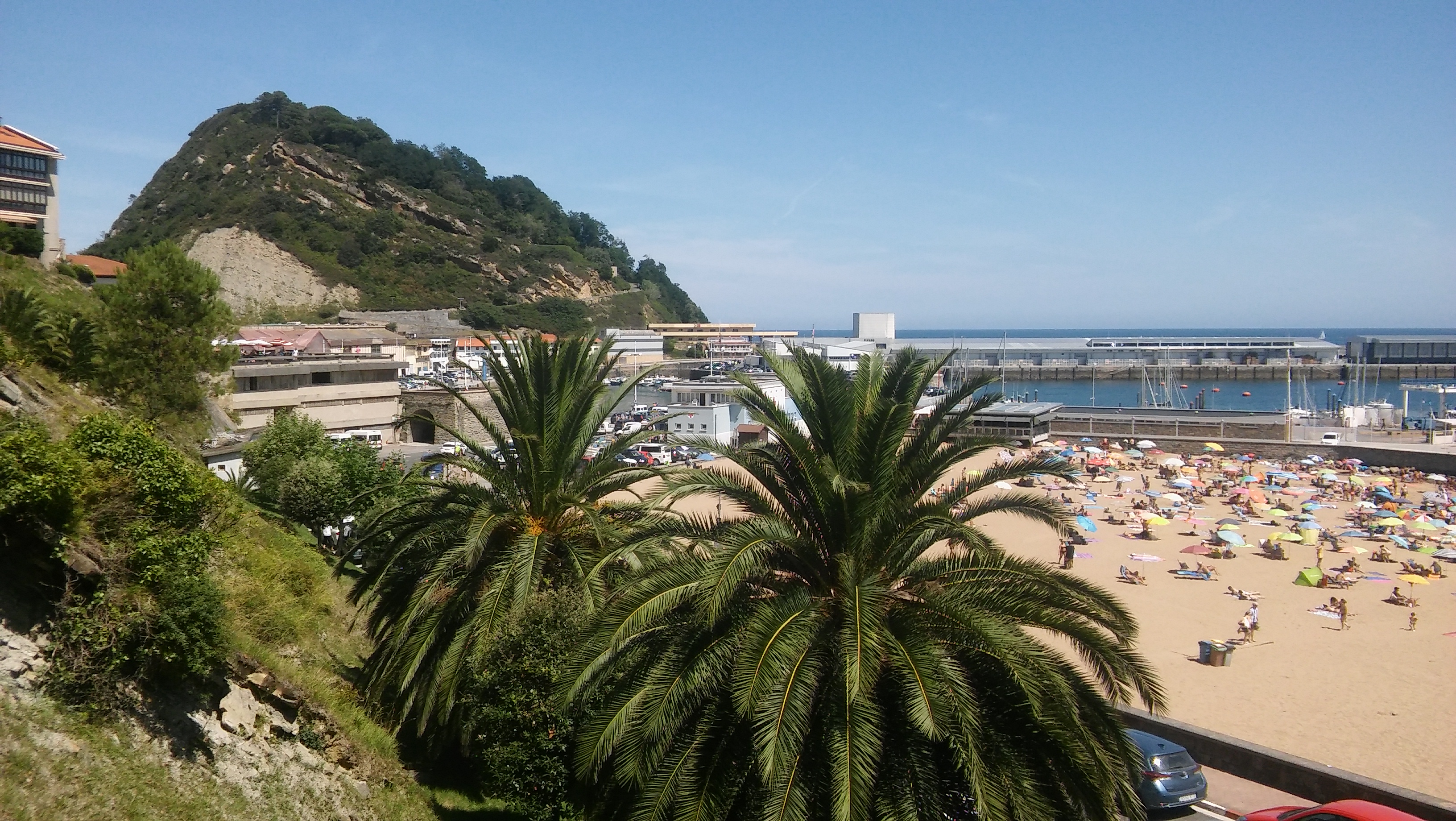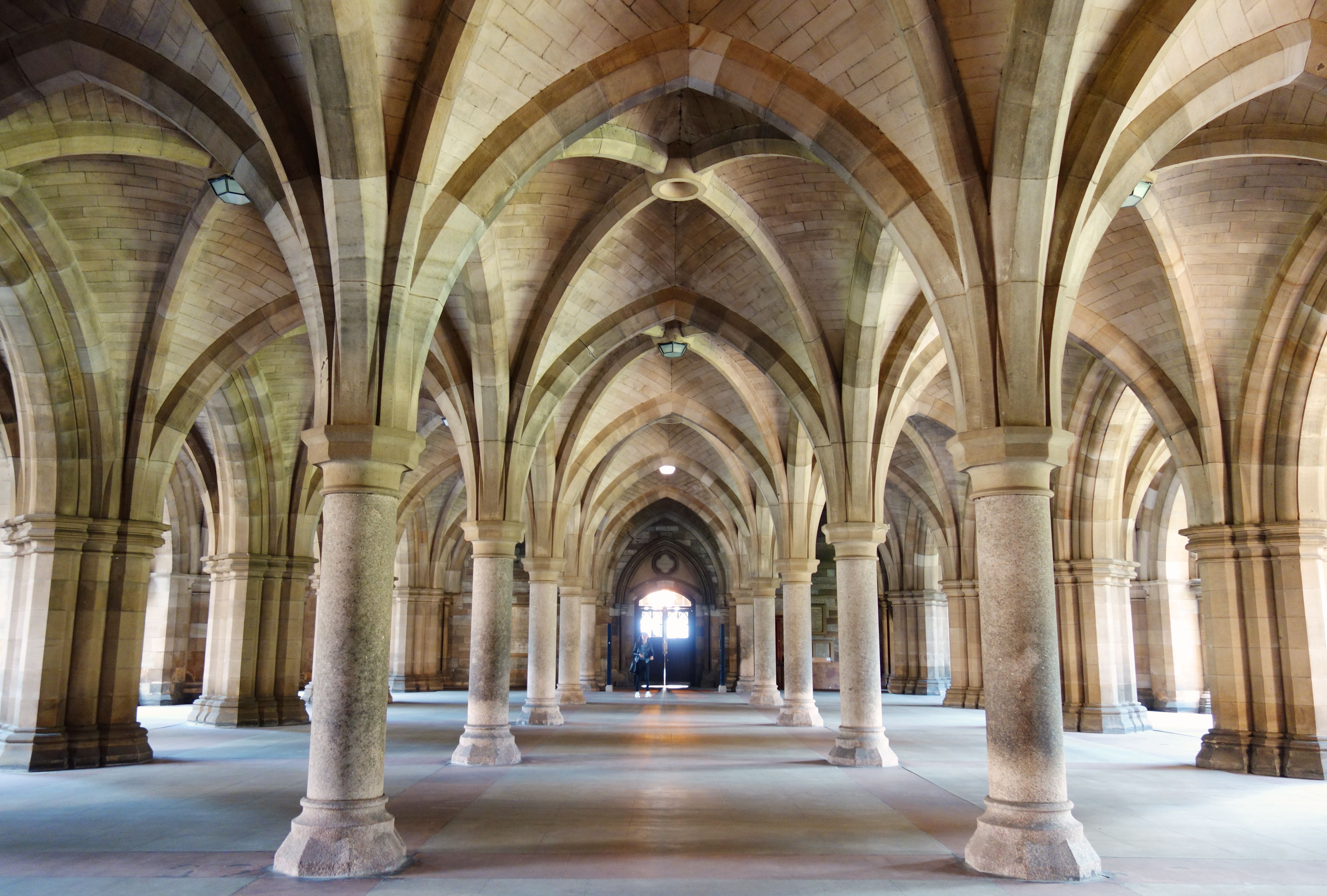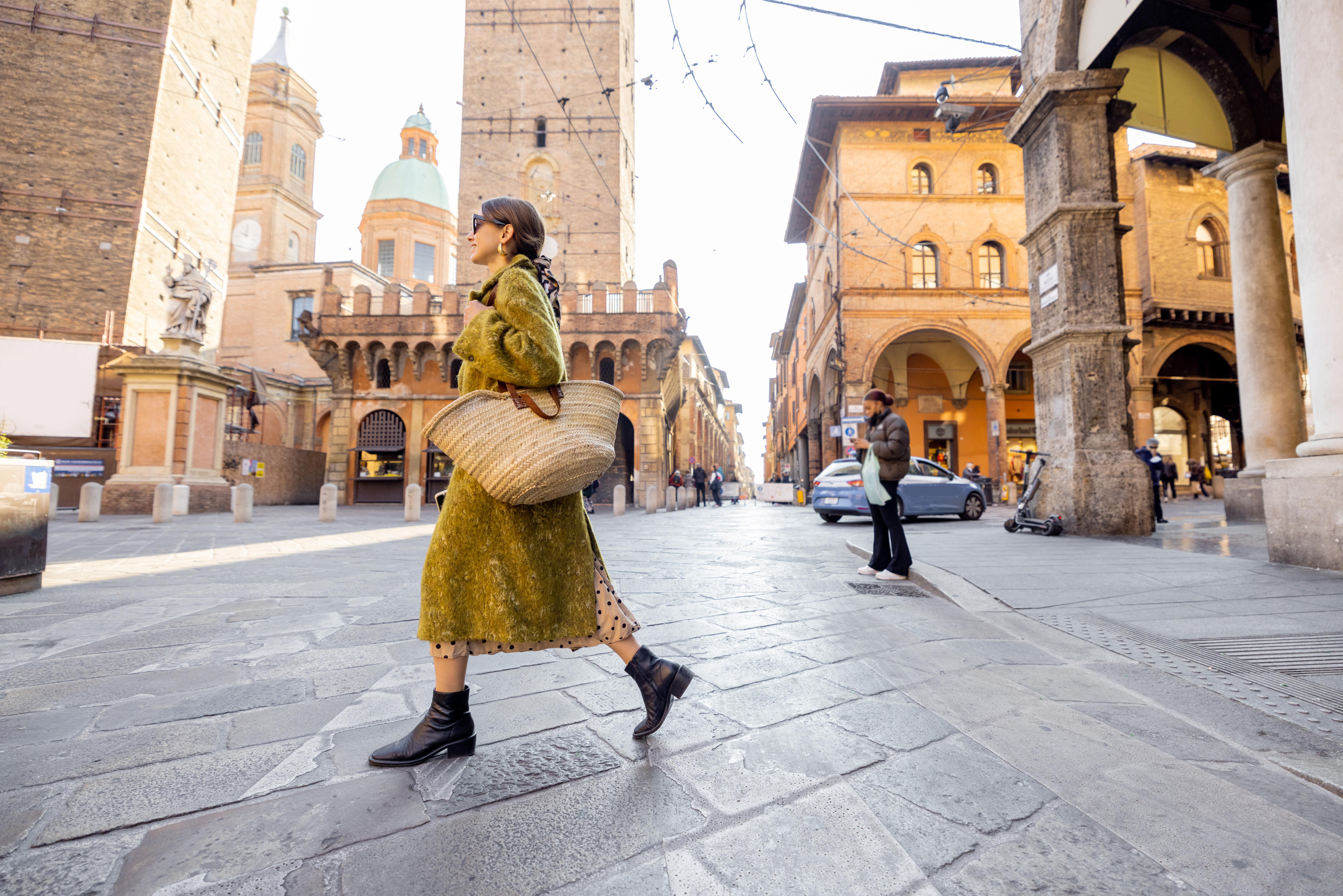31 Eerie Abandoned Film Sets Still Waiting to Be Explored
Imagine stepping through the silver screen, beyond the popcorn and into the very landscapes where cinematic magic unfolded. While most film sets are dismantled faster than a superhero's costume change, some extraordinary locations defy the odds, becoming hauntingly beautiful relics frozen in time. These aren't just decaying wood and plaster; they are tangible portals to other worlds, still whispering the echoes of epic adventures, heart-stopping chases, and fantastical realms. Picture yourself walking the same ground as your favourite characters, from alien deserts to forgotten frontiers. We've scoured the globe, expanding our quest to bring you an updated list featuring 31 incredible abandoned film sets you can actually explore today. Join us as we step behind the scenes into these fascinating time capsules where the magic truly lingers.
1. Tatooine's Legacy: Star Wars in Tunisia
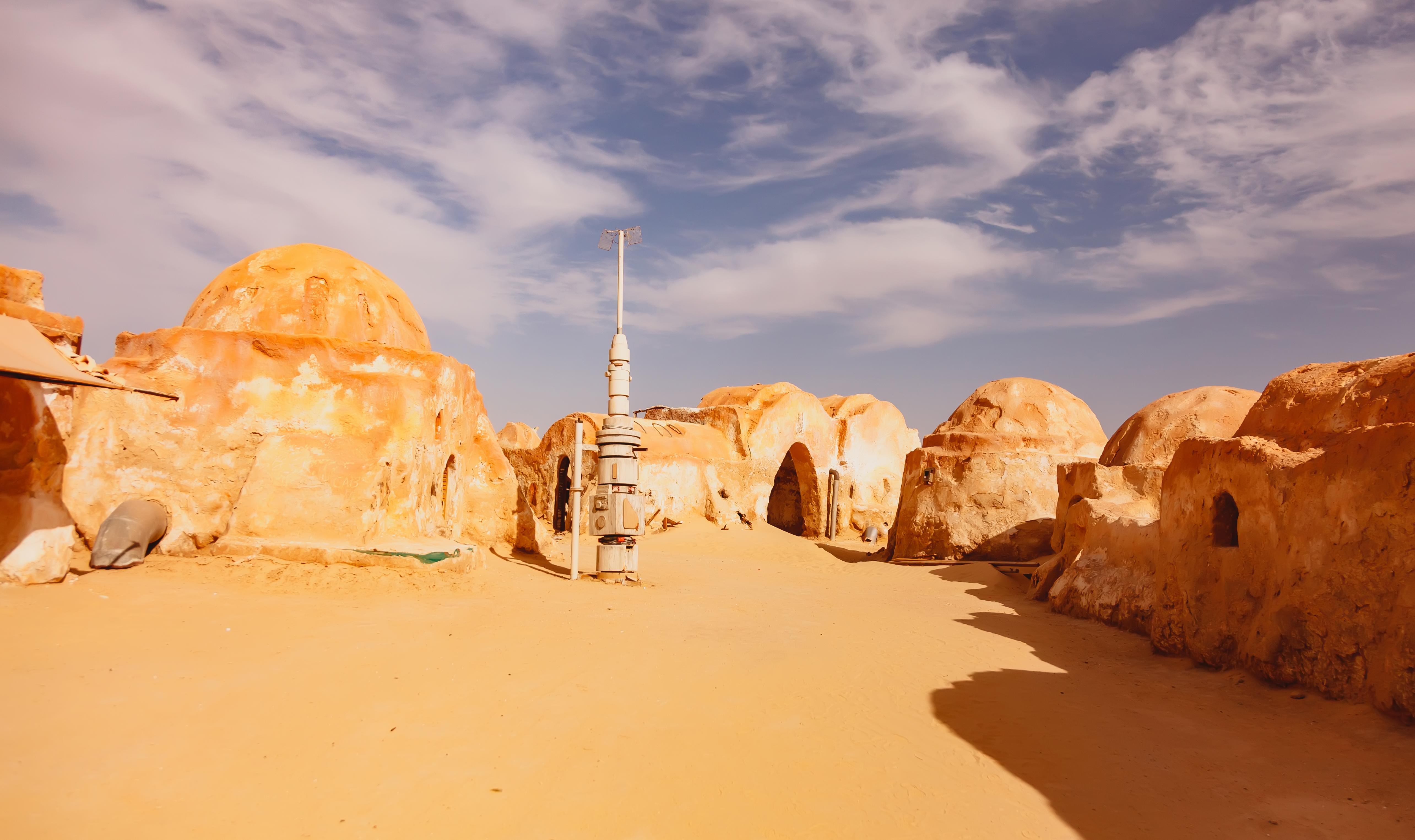
In the heart of the Tunisian desert lies the remnants of Tatooine, the iconic home planet of Luke Skywalker from the "Star Wars" saga. George Lucas chose this remote location for its otherworldly appearance, crafting a believable desert planet that has since become legendary. The set, constructed in the 1970s, includes familiar structures like the Lars Homestead and Mos Eisley Cantina. Despite the harsh conditions, these structures have endured, becoming a pilgrimage site for "Star Wars" enthusiasts. Visitors can wander through the sandy streets, imagining the bustling spaceports and epic battles that once unfolded here. The Tunisian government has recognized the cultural significance of these sites, working to preserve them for future generations. This effort ensures that Tatooine remains a touchstone for fans and a reminder of the innovative spirit that defined the original "Star Wars" trilogy.
2. Hobbiton: A Journey to Middle-earth

Nestled in the rolling hills of Matamata, New Zealand, lies Hobbiton, the charming village from Peter Jackson's "The Lord of the Rings" and "The Hobbit" trilogies. Originally constructed for the films, the set was dismantled after filming, only to be rebuilt for the later adaptations. Today, Hobbiton is a fully functioning tourist attraction, complete with lush gardens, the Green Dragon Inn, and the iconic hobbit holes. Visitors are transported to Middle-earth, where they can explore the Shire and experience the magic of J.R.R. Tolkien's world. Guided tours offer insights into the filmmaking process, revealing how Jackson brought the beloved books to life. Hobbiton stands as a testament to the enduring appeal of Tolkien's stories and the artistry of the filmmakers who realized them on screen. It's a place where fantasy and reality converge, inviting visitors to step into a world of adventure and imagination.
3. The Abandoned Streets of "Popeye Village"
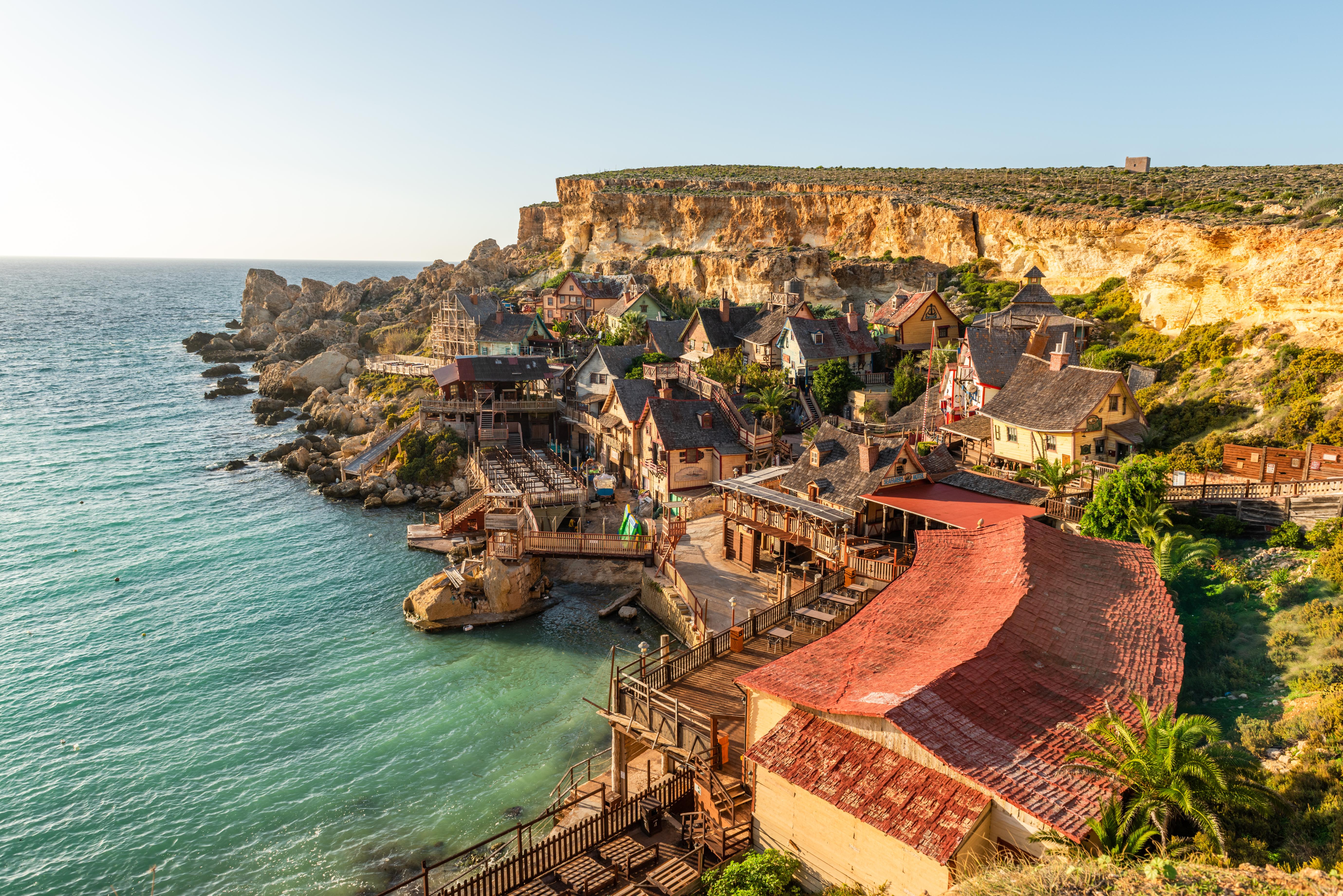
In 1980, the picturesque Anchor Bay in Malta was transformed into Sweethaven, the whimsical village from the musical film "Popeye," starring Robin Williams. Constructed as a full-scale set, the village features colorful wooden buildings, a harbor, and winding streets. After the film's release, the set was left intact, evolving into a unique theme park known as "Popeye Village." Visitors can explore the quirky architecture, participate in activities, and enjoy live shows that capture the spirit of the film. Despite its initial box office struggles, "Popeye" has gained a cult following, and the village remains a beloved attraction. The site offers a glimpse into the creative process of transforming a natural landscape into a fantastical world, highlighting the collaborative effort between filmmakers, set designers, and local artisans. "Popeye Village" is a testament to the enduring charm of the film and the power of cinema to create lasting cultural landmarks.
4. The Enigmatic Ghost Town of "Big Fish"
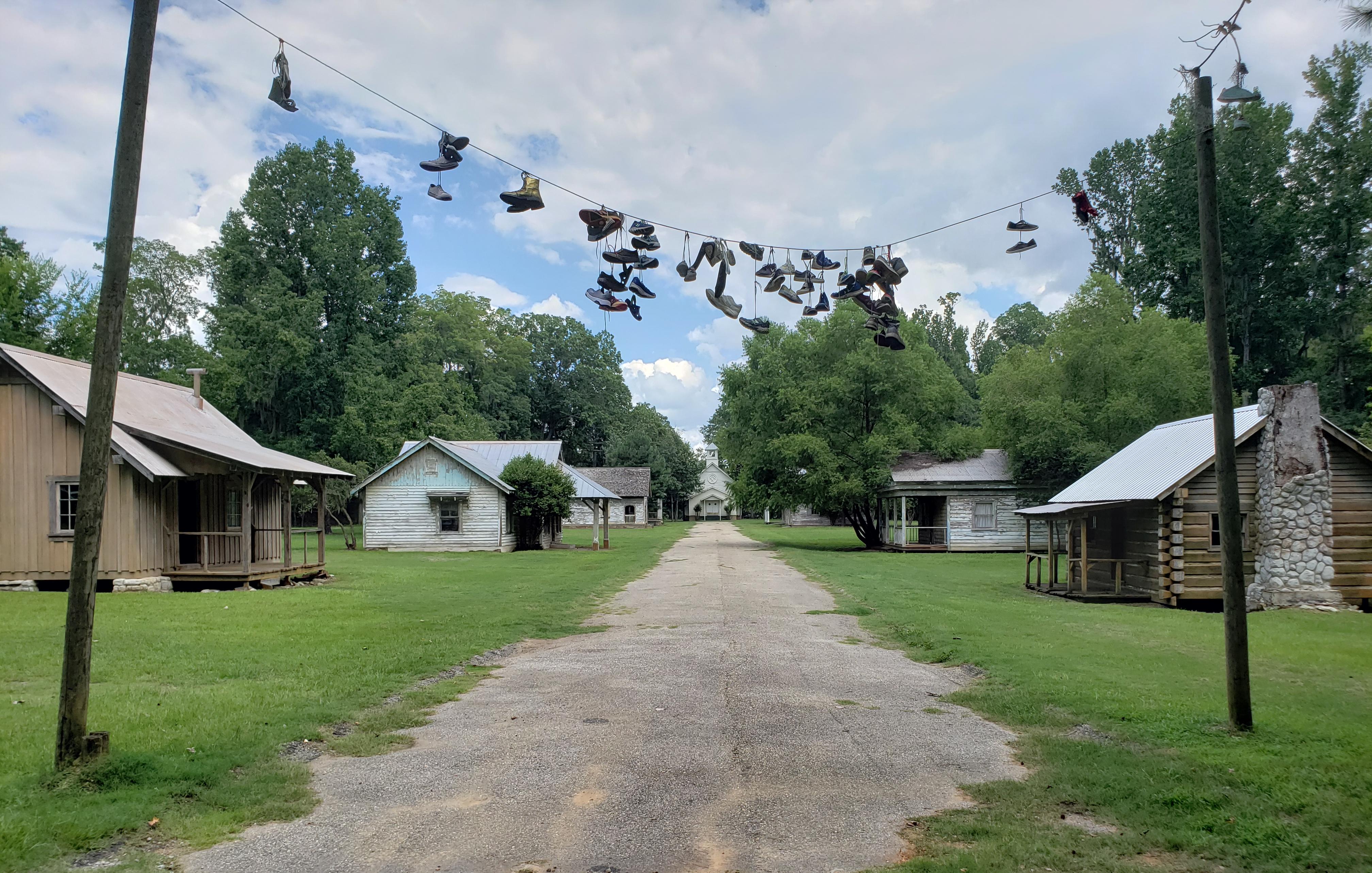
In the heart of Alabama lies the ghost town of Spectre, a set built for Tim Burton's 2003 film "Big Fish." Designed to evoke a sense of wonder and nostalgia, Spectre features charming houses, a picturesque church, and a tree-lined avenue. After filming concluded, the set was abandoned, slowly succumbing to the elements. However, its ethereal beauty continues to attract visitors, drawn by the town's haunting atmosphere and cinematic history. Spectre's decaying structures serve as a poignant reminder of the ephemeral nature of film sets, where fantasy and reality briefly intersect. Despite its dilapidated state, the town retains a sense of magic, inviting exploration and reflection. Spectre's preservation as a tourist destination highlights the enduring appeal of Burton's whimsical vision and the allure of forgotten places. It's a place where visitors can walk through the pages of a story, experiencing the fleeting beauty of a world created for the silver screen.
5. The Timeless Ruins of "Cleopatra"

The 1963 epic "Cleopatra," starring Elizabeth Taylor and Richard Burton, was one of the most ambitious film productions of its time. To bring ancient Egypt to life, elaborate sets were constructed in Rome's Cinecittà Studios, including grand palaces and majestic temples. While many of the sets were dismantled after filming, remnants still exist, offering a glimpse into the grandeur of the production. Visitors to Cinecittà can explore the surviving structures, marveling at the craftsmanship and attention to detail that defined the film. "Cleopatra" remains a landmark in cinematic history, known for its opulence and the off-screen romance of its stars. The surviving sets serve as a testament to the film's legacy, preserving the artistry and ambition that characterized the golden age of Hollywood. They offer a unique opportunity to step back in time, experiencing the magic of a bygone era where cinema and spectacle converged.
6. The Deserted Village of "The Hills Have Eyes"
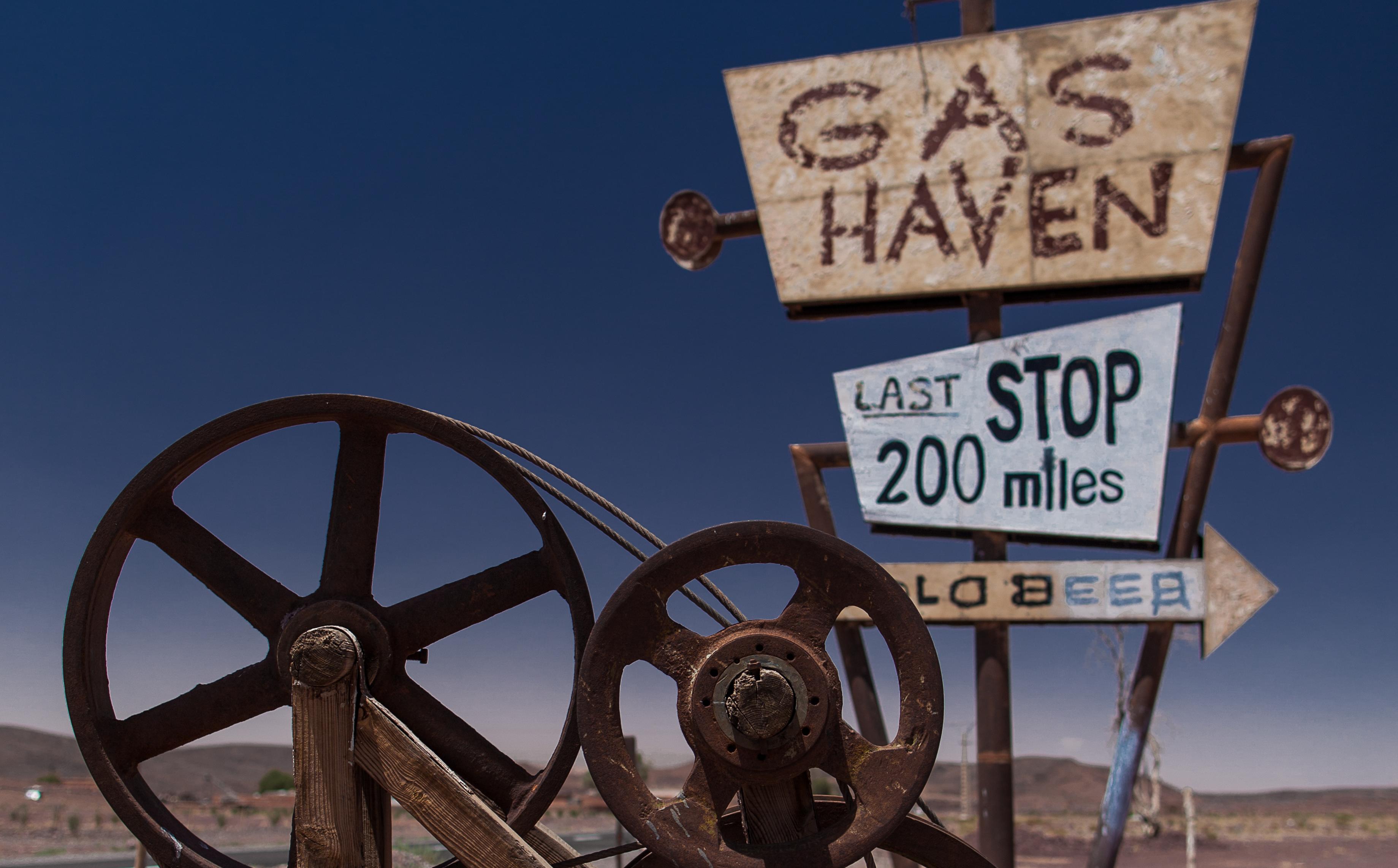
In the desolate landscapes of Morocco lies the abandoned set of Alexandre Aja's "The Hills Have Eyes" (2006), a remake of Wes Craven's 1977 horror classic. The film's production team constructed a remote village to serve as the eerie setting for the film's chilling narrative. After filming wrapped, the set was left to the elements, becoming a haunting relic of cinematic horror. Despite its isolation, the village attracts intrepid explorers and horror enthusiasts, drawn by the film's cult status and the eerie atmosphere of the location. The set's decay adds to its allure, creating a sense of unease that mirrors the film's themes of isolation and survival. "The Hills Have Eyes" set is a reminder of the power of location in horror cinema, where the environment becomes a character in its own right. It's a place where visitors can confront their fears, exploring the boundary between fiction and reality.
7. The Facades of "Pirates of the Caribbean"
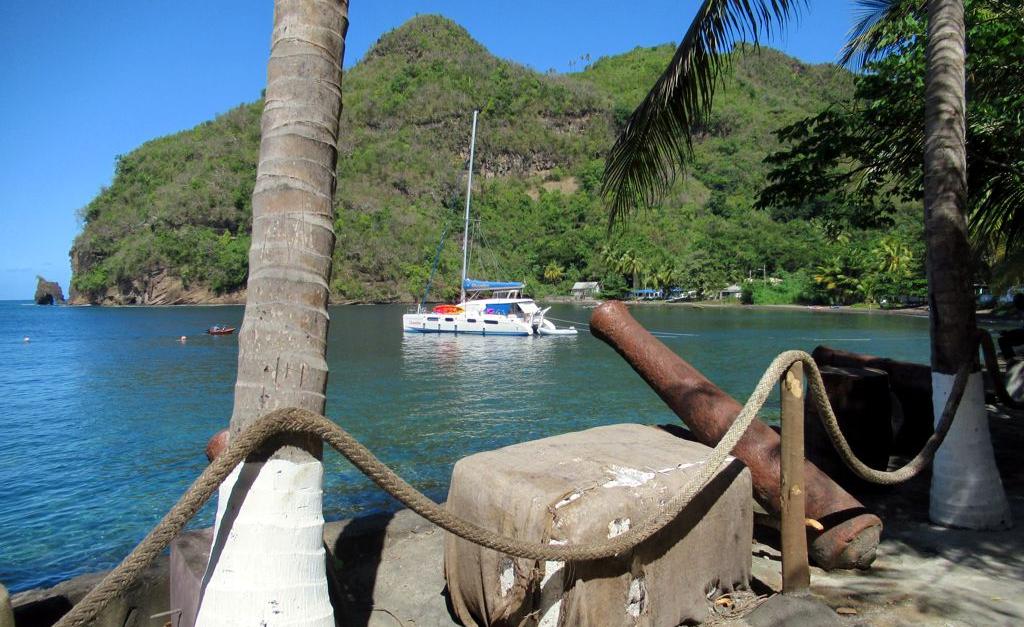
On the lush, volcanic island of St. Vincent, time seems to have stood still in Wallilabou Bay—the filming site of Port Royal in Disney’s Pirates of the Caribbean: The Curse of the Black Pearl (2003). This quiet Caribbean anchorage was transformed into the bustling colonial town of Port Royal, where Captain Jack Sparrow famously makes his grand entrance. Many of the original set pieces, including colonial-style building facades, crumbling stone archways, and weathered docks, still remain standing today. Visitors can stroll through the same alleyways that saw sword fights and cannon blasts, with props like cannons and gallows still on display. The small on-site museum features behind-the-scenes photos, movie memorabilia, and artifacts left over from the production. Surrounded by dramatic cliffs and the gentle lapping of turquoise waters, Wallilabou Bay remains a surreal and cinematic spot where the spirit of piracy—and Hollywood magic—lingers in the salty air.
8. The Magical Highlands of "Stardust"
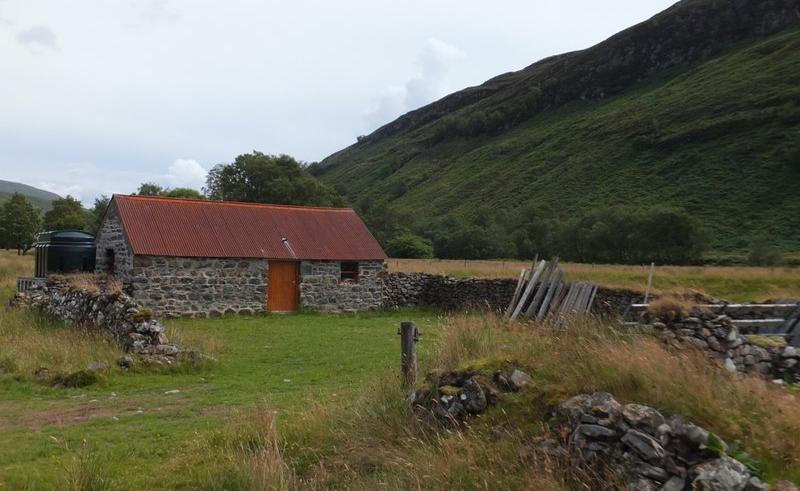
Hidden among the rugged landscapes of the Scottish Highlands lies the Professor’s Cottage, a weathered stone dwelling that played a role in the magical world of Stardust (2007). Located in the Heights of Kinlochewe, this humble structure was transformed by the production crew into a key location within the fantasy realm of Stormhold. With its mossy roof, twisted trees, and remote setting, the cottage exudes the otherworldly charm that defined the film’s aesthetic. While the set dressing is long gone, the building itself remains—quietly nestled beneath dramatic hillsides. Fans of the movie can still visit and imagine the scene where Tristan and Yvaine begin their journey together. For those seeking cinematic solitude in a mystical landscape, the Professor’s Cottage offers an evocative glimpse into a world where magic once walked among the stones.
9. The Echoes of "Session 9"
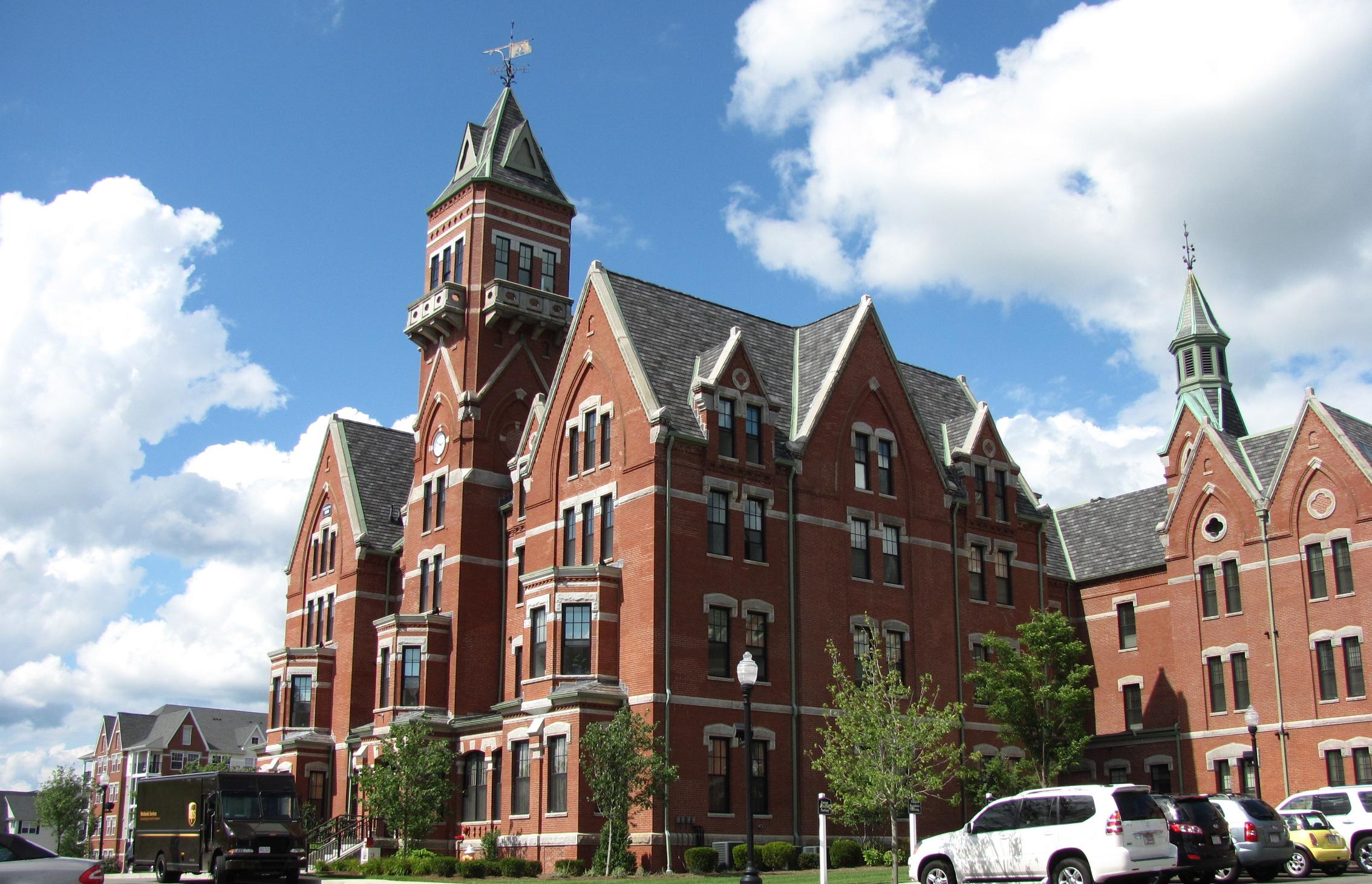
Perched ominously atop Hathorne Hill in Danvers, Massachusetts, the former Danvers State Hospital provided the chilling real-world setting for the cult psychological horror film Session 9 (2001). Once considered a masterpiece of Gothic Revival architecture, the 19th-century asylum—replete with labyrinthine corridors, crumbling walls, and long-abandoned treatment wings—lent the film its haunting authenticity. The facility had already been shuttered for nearly a decade when filming began, and its decaying grandeur became a character in its own right, amplifying the movie’s themes of mental deterioration and hidden trauma. Although much of the hospital was demolished in the early 2000s and replaced with condominiums, parts of the original Kirkbride complex remain. For fans of atmospheric horror, Danvers endures as a symbol of institutional fear—and one of the most unsettling filming locations in cinema.
10. The Psychological Complex of "Girl, Interrupted"
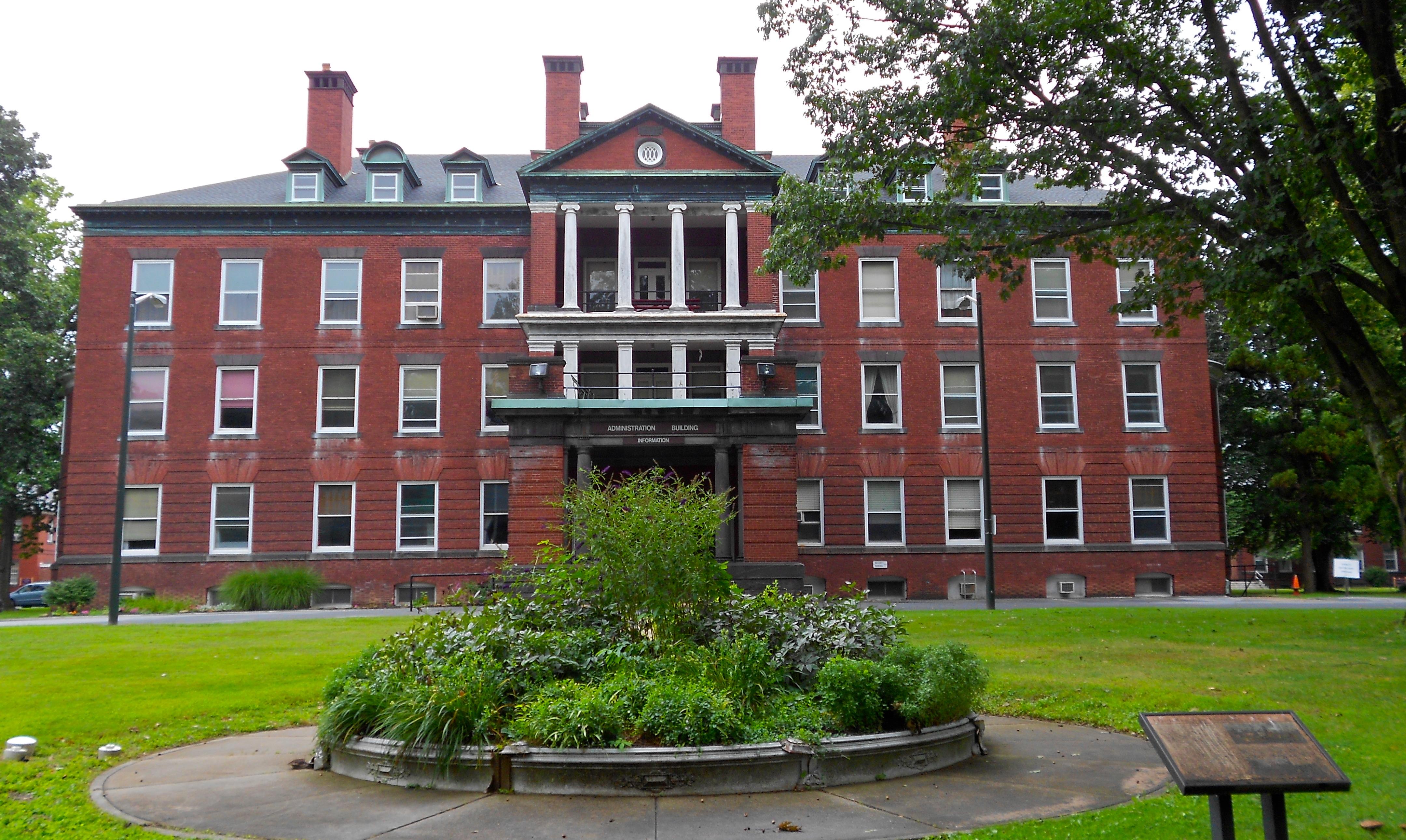
While set in the 1960s Claymore Psychiatric Hospital, the film adaptation of Girl, Interrupted (1999), starring Winona Ryder and Angelina Jolie, was largely filmed at the historic Harrisburg State Hospital in Pennsylvania. Established in 1851, this expansive complex was originally modeled on the Kirkbride Plan, a now-infamous design for mental institutions that emphasized isolation and symmetry. The hospital’s imposing, Victorian-era architecture and sprawling grounds perfectly embodied the institutional atmosphere the film sought to portray. Though no longer in use as a mental health facility, the buildings still stand and are occasionally used for filming. Harrisburg State Hospital remains a poignant visual reminder of past psychiatric practices—and a fitting, eerie backdrop for a story of mental illness, rebellion, and resilience.
11. The Mythical Island of "The Beach"
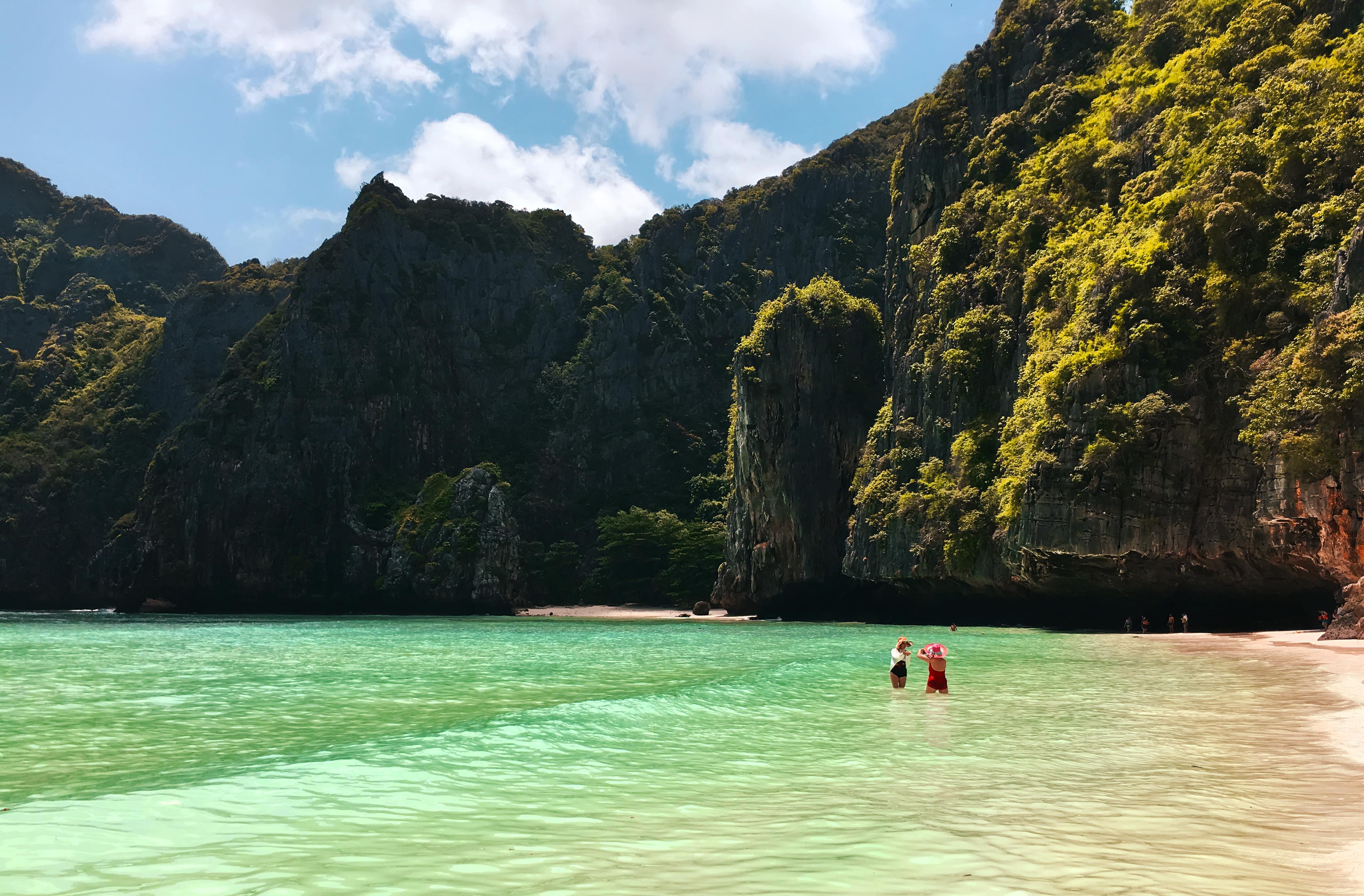
Danny Boyle's "The Beach" (2000), starring Leonardo DiCaprio, was filmed on the stunning beaches of Ko Phi Phi Leh in Thailand. The film's production transformed the island into a utopian paradise, capturing the imagination of audiences worldwide. While the island's natural beauty remains, the impact of tourism has led to efforts to preserve its environment. Visitors can explore the island's pristine beaches and crystal-clear waters, experiencing the allure of the film's setting. "The Beach" is a cautionary tale about the search for paradise and the consequences of human impact on nature. The island serves as a reminder of the delicate balance between preserving natural beauty and accommodating tourism. It's a place where visitors can reflect on the film's themes and the importance of sustainable travel, experiencing the magic of a location that captivated audiences and sparked wanderlust.
12. The Restored Cemetery: The Good, the Bad and the Ugly

Deep in the Spanish countryside lies a cinematic graveyard brought back from the dead. Built for the iconic final standoff in Sergio Leone's 1966 masterpiece, Sad Hill Cemetery, with its thousands of symbolic graves, was abandoned for nearly 50 years. Nature reclaimed the land until dedicated fans launched a remarkable restoration project, unearthing the original stone circle. Today, visitors can walk this legendary ground, feeling the ghostly presence of Blondie, Tuco, and Angel Eyes, a testament to the enduring power of Spaghetti Westerns and the passion of film lovers who refused to let this piece of history be forgotten.
13. The Quarry Camp Replica: Schindler's List

Near the actual site of the Płaszów concentration camp in Krakow, Steven Spielberg constructed a haunting replica for his harrowing 1993 film, Schindler's List. Built within the Liban Quarry, the set included barracks, watchtowers, and the infamous villa belonging to Amon Göth. While intentionally dismantled to avoid becoming a shrine, parts of the set, like the eerie replica road paved with mock Jewish tombstones, remain within the quarry. Exploring this area offers a profoundly moving, albeit disturbing, connection to the film's depiction of Holocaust atrocities and the importance of remembrance.
14. The Gas Works Warzone: Full Metal Jacket

Standing in for the war-ravaged city of Huế, Vietnam, the derelict Beckton Gas Works in East London provided the apocalyptic backdrop for Stanley Kubrick’s Full Metal Jacket (1987). This vast, abandoned industrial site, with its skeletal structures and decaying concrete, perfectly captured the brutal urban warfare depicted in the film's second half. Though largely demolished now for redevelopment, its legacy endures. Visiting the remaining fragments or nearby areas evokes the desolate atmosphere Kubrick masterfully utilized, showcasing how industrial ruins can be transformed into unforgettable cinematic landscapes.
15. The Nuclear Ghost Town: Belgium's Doel

Nestled unsettlingly close to a nuclear power plant, the Belgian village of Doel has become a haunting ghost town, frozen in time due to stalled expansion plans for the Port of Antwerp. Its empty streets, graffiti-covered houses, and eerie atmosphere have not been purpose-built for film, but rather embraced by filmmakers seeking a ready-made backdrop of decay and abandonment (as seen atmospherically in films like The Broken Circle Breakdown). Doel represents a real place transformed into a surreal, semi-abandoned set by circumstance, attracting artists and urban explorers looking to capture its unique, melancholic beauty before its potential, long-delayed demolition
16. The Enduring Forum: Ancient Rome at Cinecittà Studios

Step into the grandeur of Ancient Rome without leaving Italy's famed Cinecittà Studios outside Rome. While the original sets for epics like Ben-Hur were dismantled long ago, vast portions of the magnificent Roman Forum, temples, and residential streets meticulously built for HBO's series Rome still stand today. This sprawling, incredibly detailed permanent set offers visitors an immersive journey back in time, showcasing the towering columns and stone pathways that brought the ancient world vividly to life. It’s frequently reused for other productions, serving as a living testament to Cinecittà's rich filmmaking history and enduring craftsmanship.
17. The Desert Kingdom Walls: Kingdom of Heaven
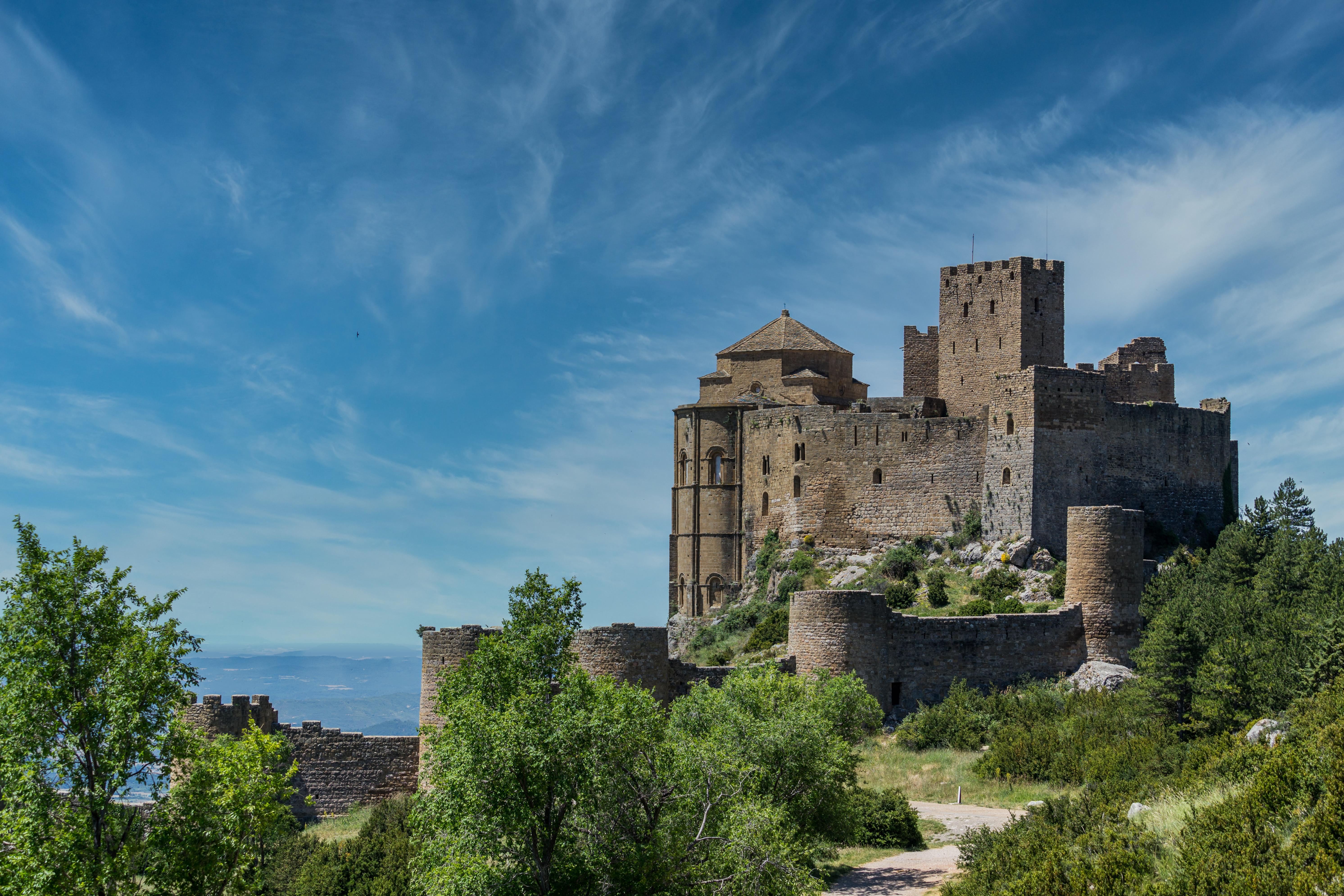
Ridley Scott recreated Crusader-era Jerusalem for Kingdom of Heaven (2005), not in Israel, but primarily using Spain’s magnificent Loarre Castle and vast sets constructed in Morocco. While Loarre Castle itself is a historic site, impressive large-scale replicas of Jerusalem’s walls and streets were built near Ouarzazate, Morocco, a hub for desert filming. Portions of these grand constructions, designed for epic battles and medieval city life, still stand weathered by the Saharan winds, offering a tangible glimpse into the monumental effort required to resurrect the world of the Crusades for the silver screen.
18. The Enduring Western Town: Leone's Almería Sets
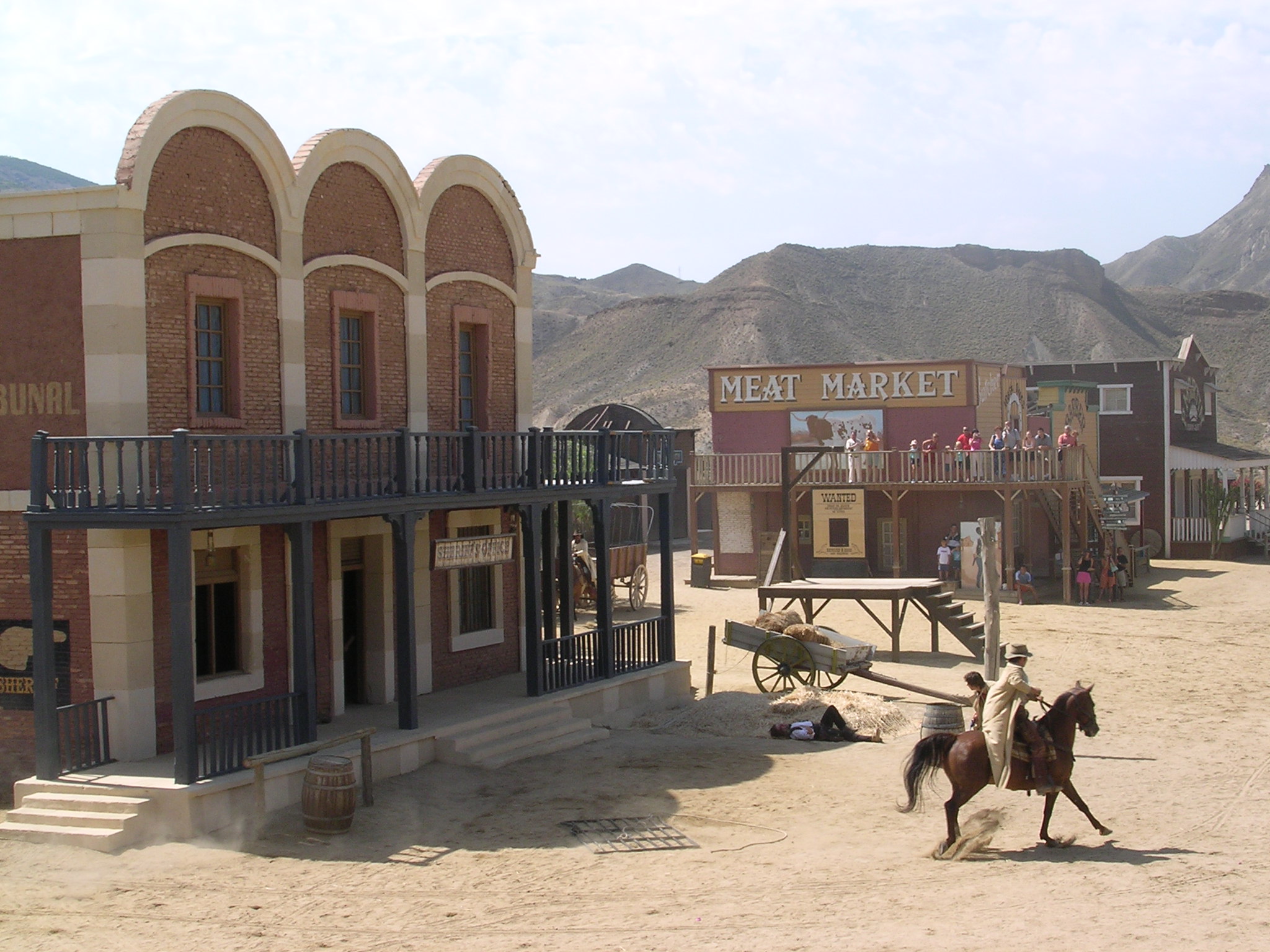
In Spain’s Tabernas Desert, the landscape itself became a star in Sergio Leone’s Dollars Trilogy. Several western town sets built for A Fistful of Dollars (1964) and For a Few Dollars More (1965) were preserved and expanded. Known today as Oasys Mini Hollywood, this location is now a theme park, but it retains the authentic structures where Clint Eastwood faced down villains. Unlike truly abandoned sets, it’s maintained, yet it offers a unique chance to walk the dusty streets of a world purpose-built for cinema, feeling the echoes of countless classic Western shootouts.
19. The Secretive Compound Replica: Zero Dark Thirty
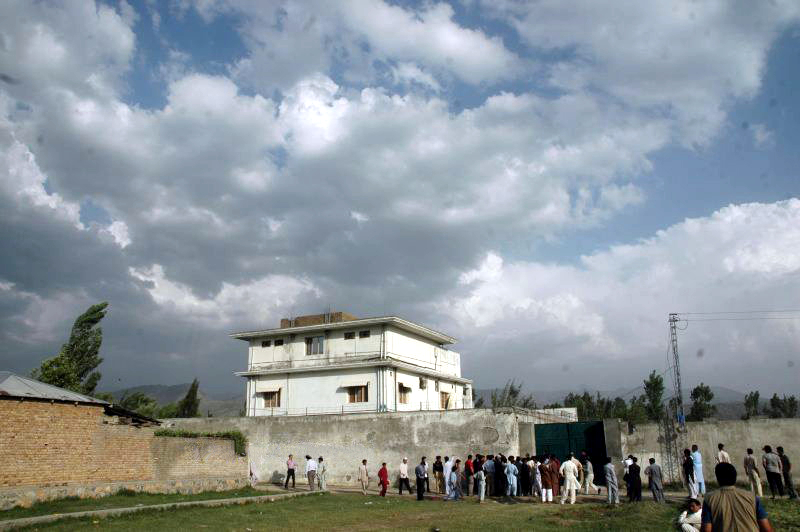
For Kathryn Bigelow’s intense thriller Zero Dark Thirty (2012), depicting the hunt for Osama bin Laden, an accurate, full-scale replica of his Abbottabad compound was secretly constructed in Jordan. This meticulously detailed set allowed for the realistic staging of the film's climactic raid sequence. While likely dismantled or secured after filming due to its sensitive nature, its existence highlights the extreme lengths productions go to for authenticity. The remote Jordanian location provided the necessary secrecy and similar arid environment, creating a temporary, chilling mirror of a real-world covert operation site.
20. The Samurai Village Landscape: The Last Samurai

Near New Plymouth in New Zealand's Taranaki region, verdant farmland was transformed into a detailed 19th-century Japanese village for The Last Samurai (2003), starring Tom Cruise. Nestled in the Uruti Valley, the set convincingly recreated feudal Japan against the backdrop of Mount Taranaki (standing in for Mount Fuji). While the temporary structures were removed post-filming as agreed with landowners, the site itself, with its distinct landscape contours shaped for the movie, retains the atmosphere. Visitors familiar with the film can still recognize the valley that served as the backdrop for samurai life and dramatic battles.
21. The Airport Ocean: Life of Pi
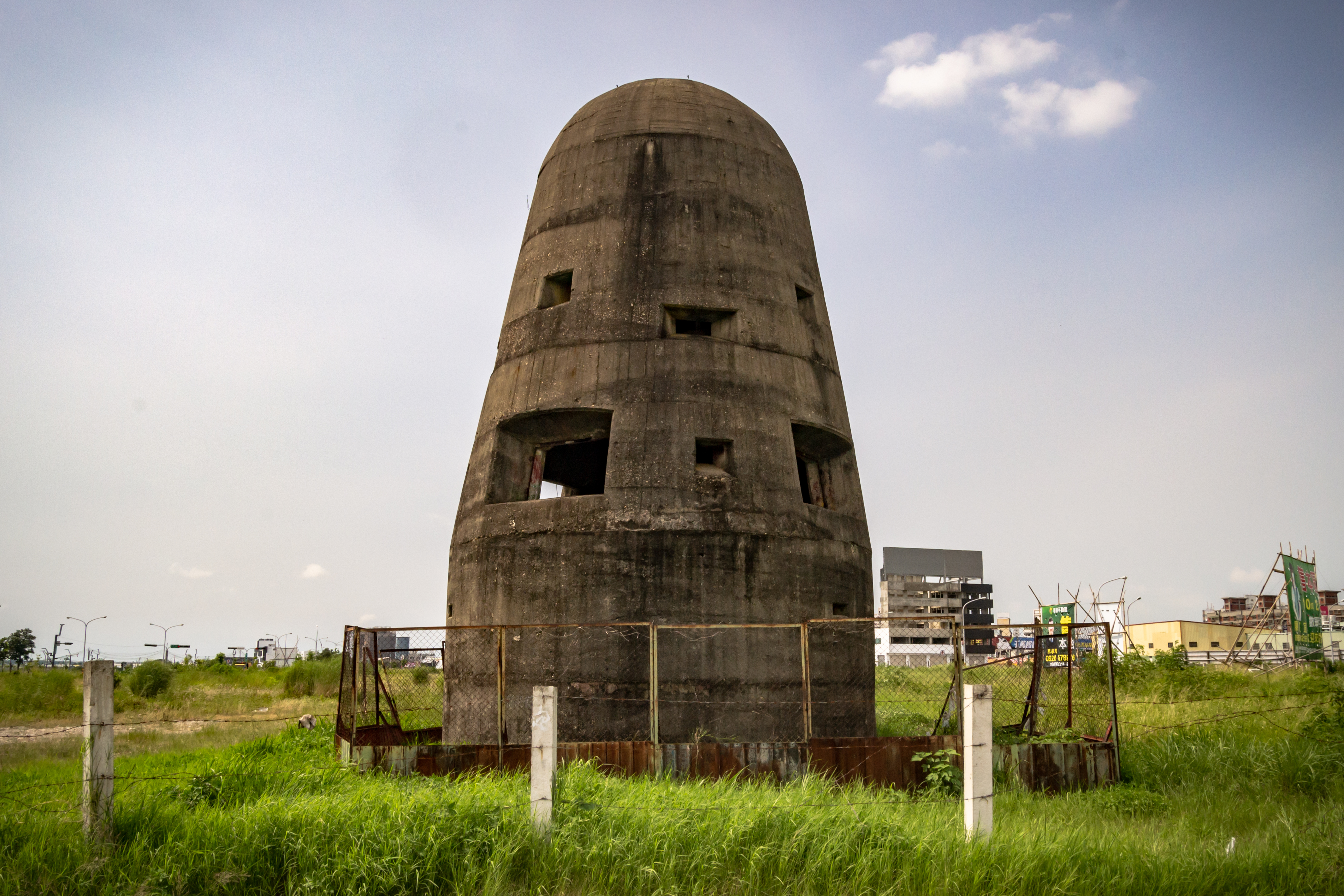
Director Ang Lee repurposed the vast, abandoned Taichung Shuinan Airport in Taiwan for crucial scenes in Life of Pi (2012). Most notably, an enormous, custom-built wave tank—one of the largest ever made for a film—was constructed within a hangar to simulate the Pacific Ocean storms Pi and Richard Parker endure. While the tank itself was temporary, the use of the defunct airport’s expansive space was key. The site underscores how filmmakers creatively adapt forgotten infrastructure, turning derelict spaces like an old runway and hangars into adaptable stages for complex, Oscar-winning visual storytelling.
22. Helm's Deep Quarry from The Lord of the Rings (New Zealand)
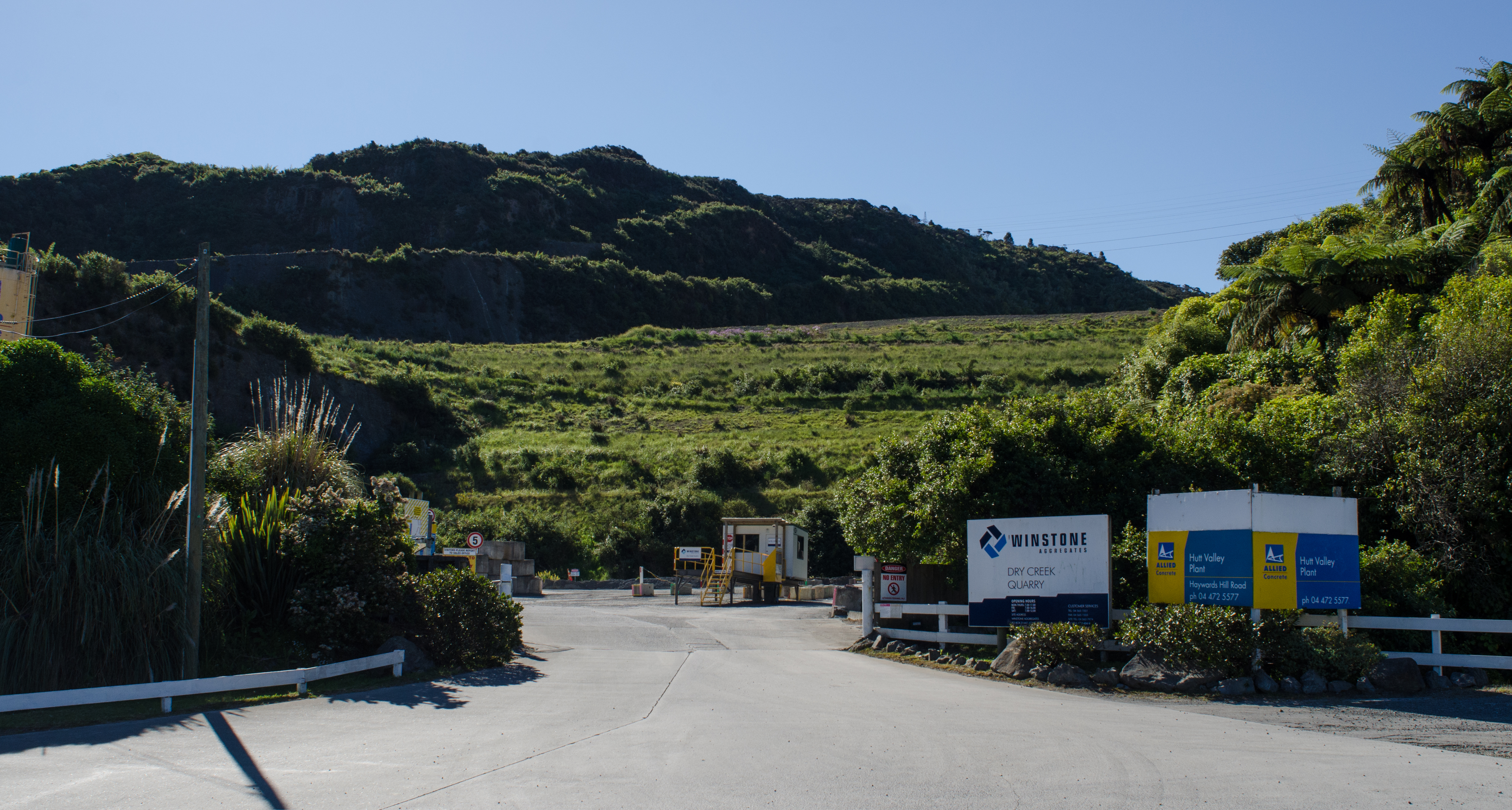
While Hobbiton offers charm, the Dry Creek Quarry near Wellington provides a raw glimpse into the epic scale of The Lord of the Rings: The Two Towers (2002). This working quarry was dramatically transformed into the Deeping Wall and gate of Helm's Deep, the site of the film's climactic battle. While the main structures are gone, the immense scale of the location and recognisable cliff faces remain. Visiting the quarry (check accessibility, as it's operational) lets you stand where Aragorn and the Rohirrim made their stand, appreciating the immense physical effort behind the digital magic.
23. The Dam from The Fugitive (USA)
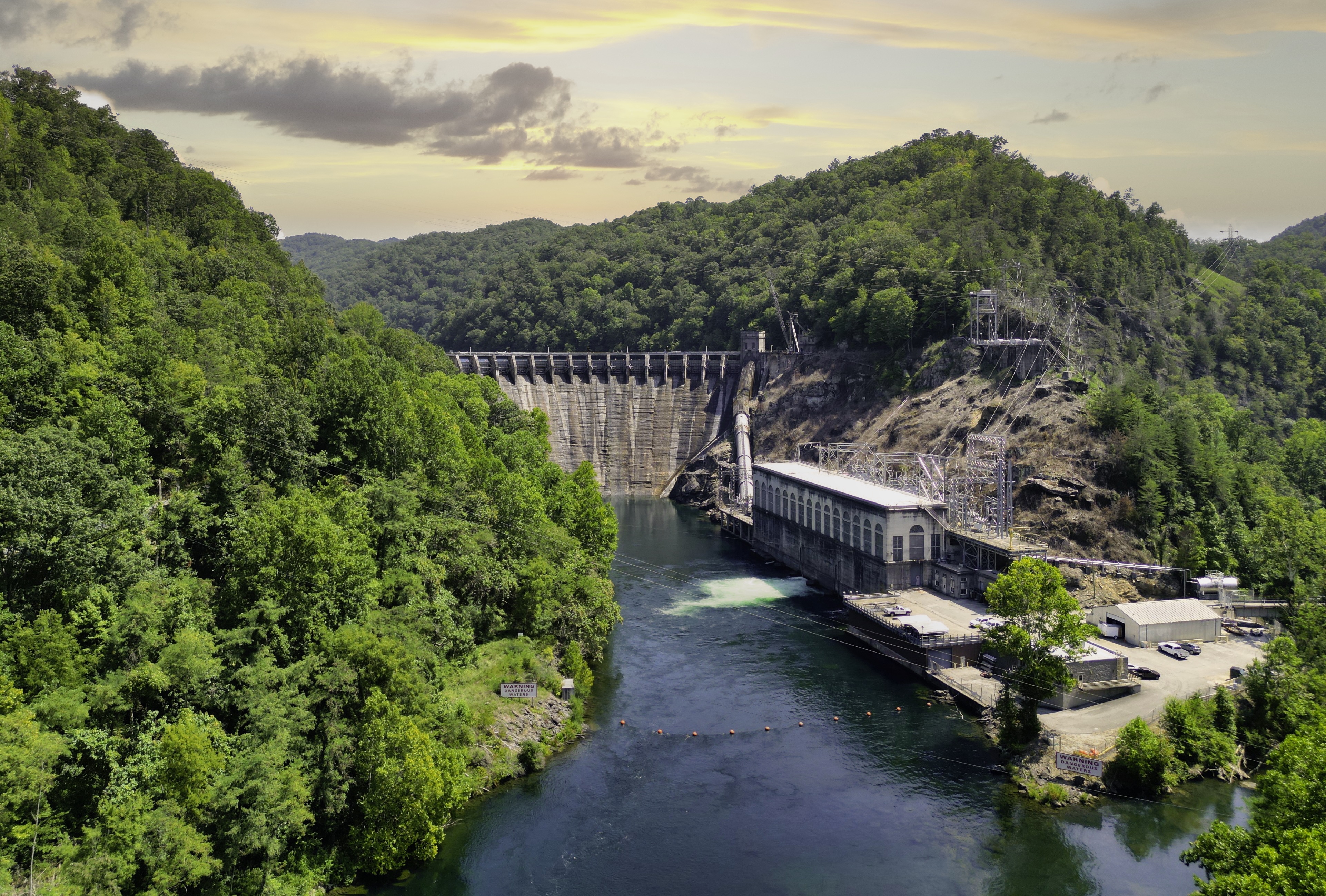
Experience the heart-stopping plunge taken by Dr. Richard Kimble at the Cheoah Dam in North Carolina. Featured prominently in the iconic scene from The Fugitive (1993) where Harrison Ford makes his daring escape, this real, functioning hydroelectric dam is instantly recognisable. While you can't replicate the leap (please don't try!), you can visit the site, view the dam from designated areas, and appreciate the sheer scale and dramatic landscape that made the scene unforgettable. It’s a powerful intersection of infrastructure and iconic movie action, embedded in the beautiful Appalachian scenery.
24. The Asylum from 12 Monkeys (USA)

Explore the haunting corridors of Eastern State Penitentiary in Philadelphia, the atmospheric primary filming location for the mental institution in Terry Gilliam's 12 Monkeys (1995). This real former prison, now a historical site, provided its crumbling cellblocks and imposing architecture to create the film's distinctively eerie and dilapidated setting. Open for tours, its decaying grandeur perfectly matches the film's dystopian themes. Walking through its echoing halls offers a chilling experience, directly connecting visitors to the unsettling world Bruce Willis and Brad Pitt inhabited on screen, alongside its own profound history.
25. The Jungle Setting from Predator (Mexico)
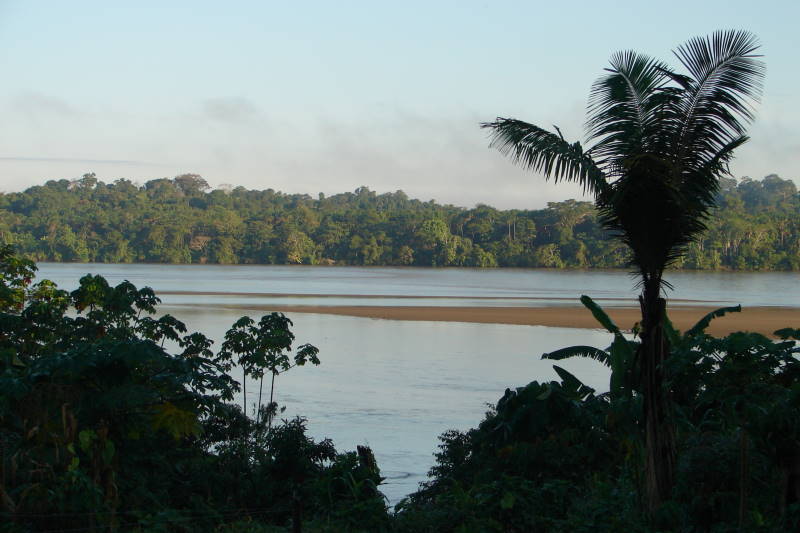
Venture deep into the lush rainforests near Puerto Vallarta, Mexico, where much of the original Predator (1987) was filmed. While the specific structures are long gone, the dense jungle environment itself served as a key character. Some local adventure tours specifically highlight filming areas within the El Eden ecological park, showcasing locations where Arnold Schwarzenegger and his team battled the alien hunter. You can explore the waterfalls and dense vegetation that created the film's intense, claustrophobic atmosphere, immersing yourself in the very landscape that became a sci-fi battleground.
26. Royal Palace Grounds from Anna and the King (Malaysia)

Discover remnants of the sprawling Siam palace sets built for Anna and the King (1999) near Ipoh and on the island of Penang, Malaysia. Instead of filming in Thailand, large-scale, intricate replicas of the Thai Royal Palace complex were constructed. While many structures were temporary, parts of the 'Summer Palace' set, including ornate buildings and landscaping, were preserved and repurposed within locations like the Langkawi Geopark or integrated into resorts. Exploring these areas offers a fascinating glimpse into the sheer scale of the production and the blend of Hollywood construction with Malaysian landscapes.
27. Fort Ricasoli from Gladiator(Malta)
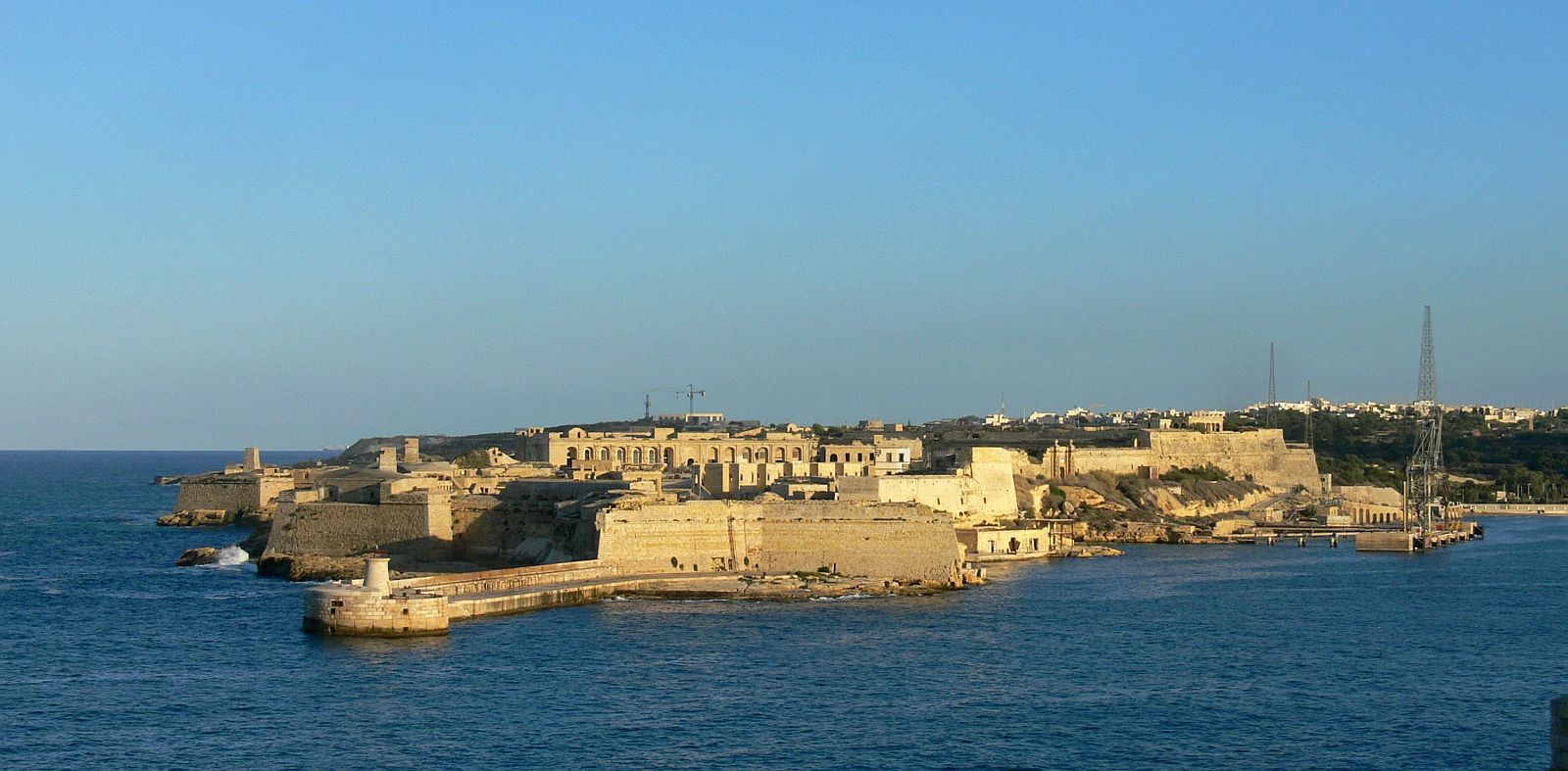
Standing guard at the entrance to Malta's Grand Harbour, the formidable Fort Ricasoli provided a backdrop for Ancient Rome in Ridley Scott's Gladiator (2000). Its imposing limestone walls doubled as parts of the city gates and streets where Maximus arrives. Though damaged over centuries and not always fully accessible due to ongoing restoration or other uses, its impressive exterior can often be viewed, evoking the epic scale of the film. This real 17th-century fortification offers a tangible link to the cinematic recreation of Roman grandeur, set against the stunning Mediterranean sea.
28. Castle Ward fromGame of Thrones(Northern Ireland)
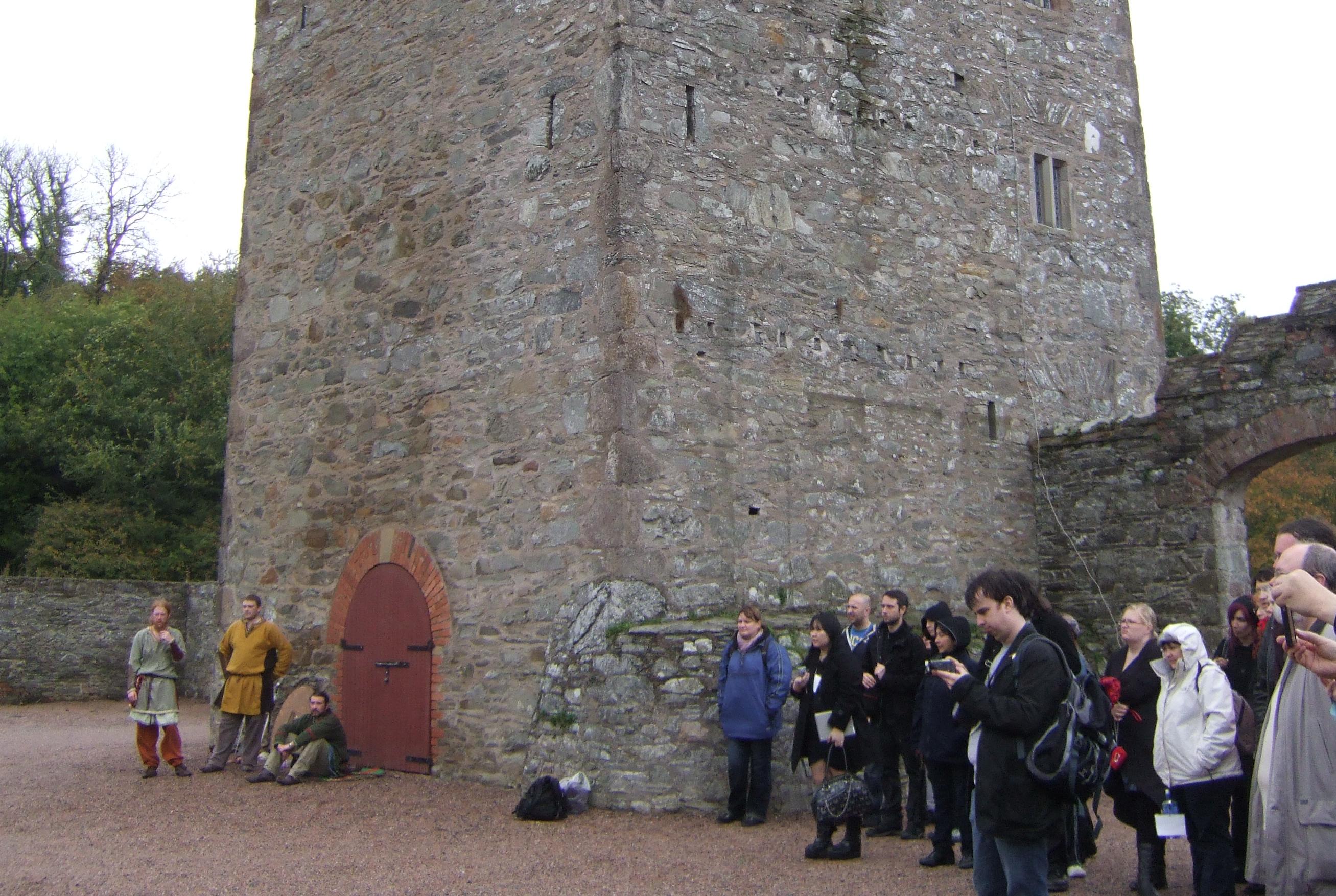
Step into the world of Westeros at Castle Ward in County Down. This sprawling estate, featuring a unique mix of classical and Gothic architecture, famously served as the primary location for Winterfell, home of House Stark, in early seasons of Game of Thrones. Visitors can explore the historic farmyard, which became the bustling courtyard of Winterfell, see the Whispering Wood, and even try archery in the very spot where Jon Snow and Robb Stark taught Bran. It offers an immersive experience into the heart of the Seven Kingdoms.
29. Timberline Lodge from The Shining(Oregon, USA)
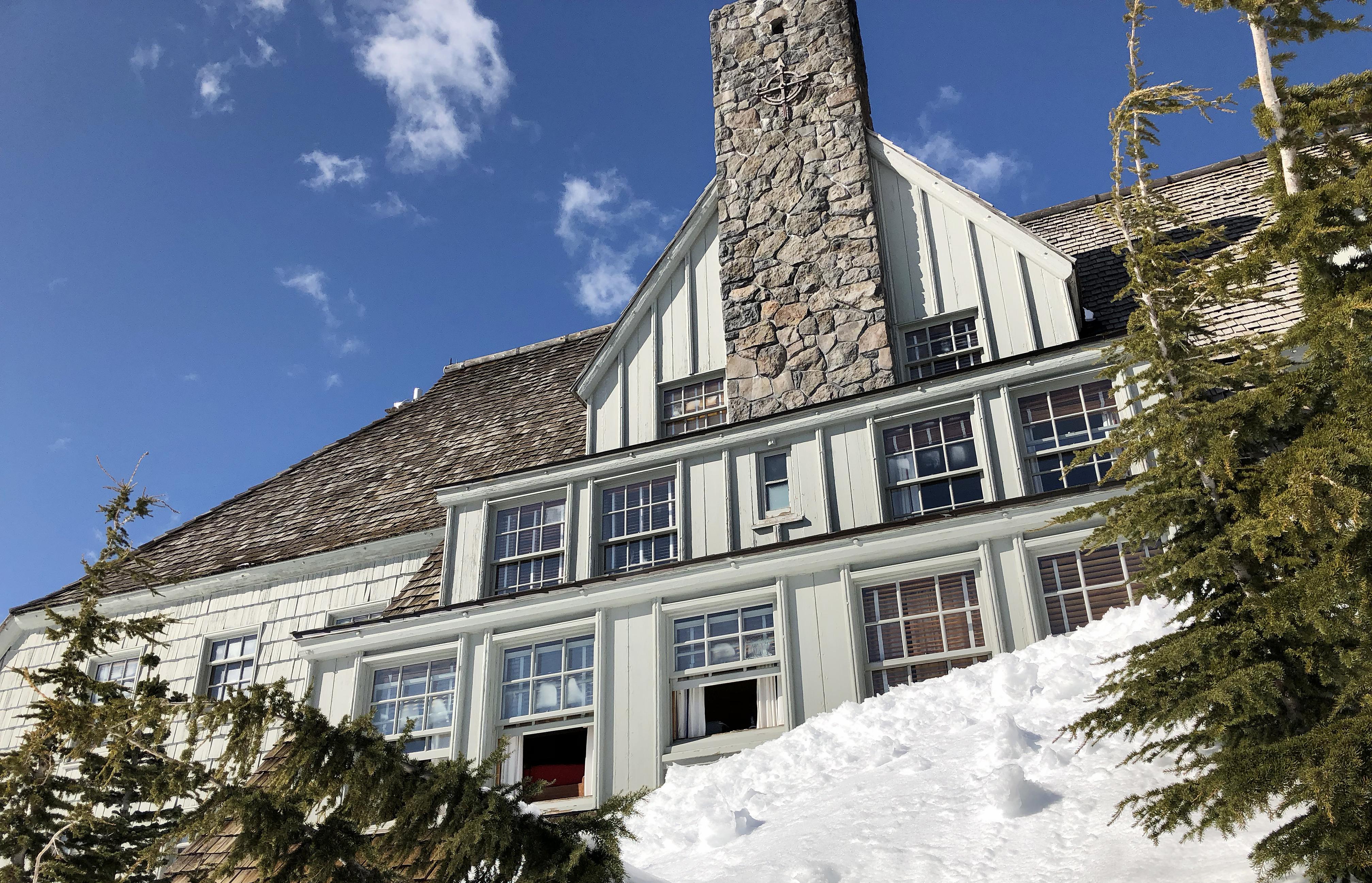
Perched high on Mount Hood, the historic Timberline Lodge provided the chilling exterior shots for the infamous Overlook Hotel in Stanley Kubrick's The Shining (1980). While the spooky interiors were filmed on soundstages (and the hedge maze doesn't exist here), the lodge's imposing, snow-covered facade is instantly recognizable. As a functioning ski lodge and hotel, visitors can explore the public areas, soak in the alpine atmosphere, and gaze upon the building that became synonymous with psychological horror, all while enjoying the majestic mountain views.
30. Mirabell Gardens Steps from The Sound of Music(Salzburg, Austria)
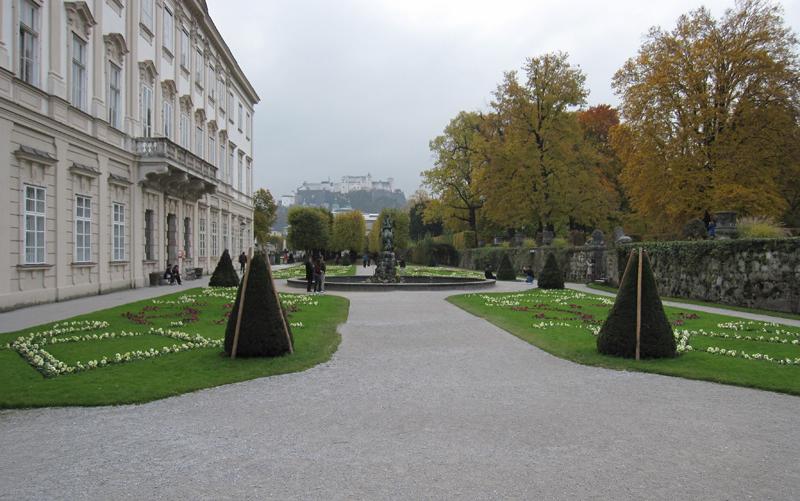
In the heart of Salzburg lie the beautiful Mirabell Gardens, instantly recognizable from The Sound of Music (1965). It's here, specifically on the steps north of the Pegasus Fountain and through the hedge tunnel, that Maria and the von Trapp children famously sing "Do-Re-Mi." These meticulously maintained Baroque gardens, part of the Mirabell Palace complex, are free to enter. Visitors can easily recreate the scene, hop up the steps, and enjoy the vibrant flower displays, feeling the enduring musical magic of the beloved film.
31. Doune Castle from Monty Python and the Holy Grail (Scotland)
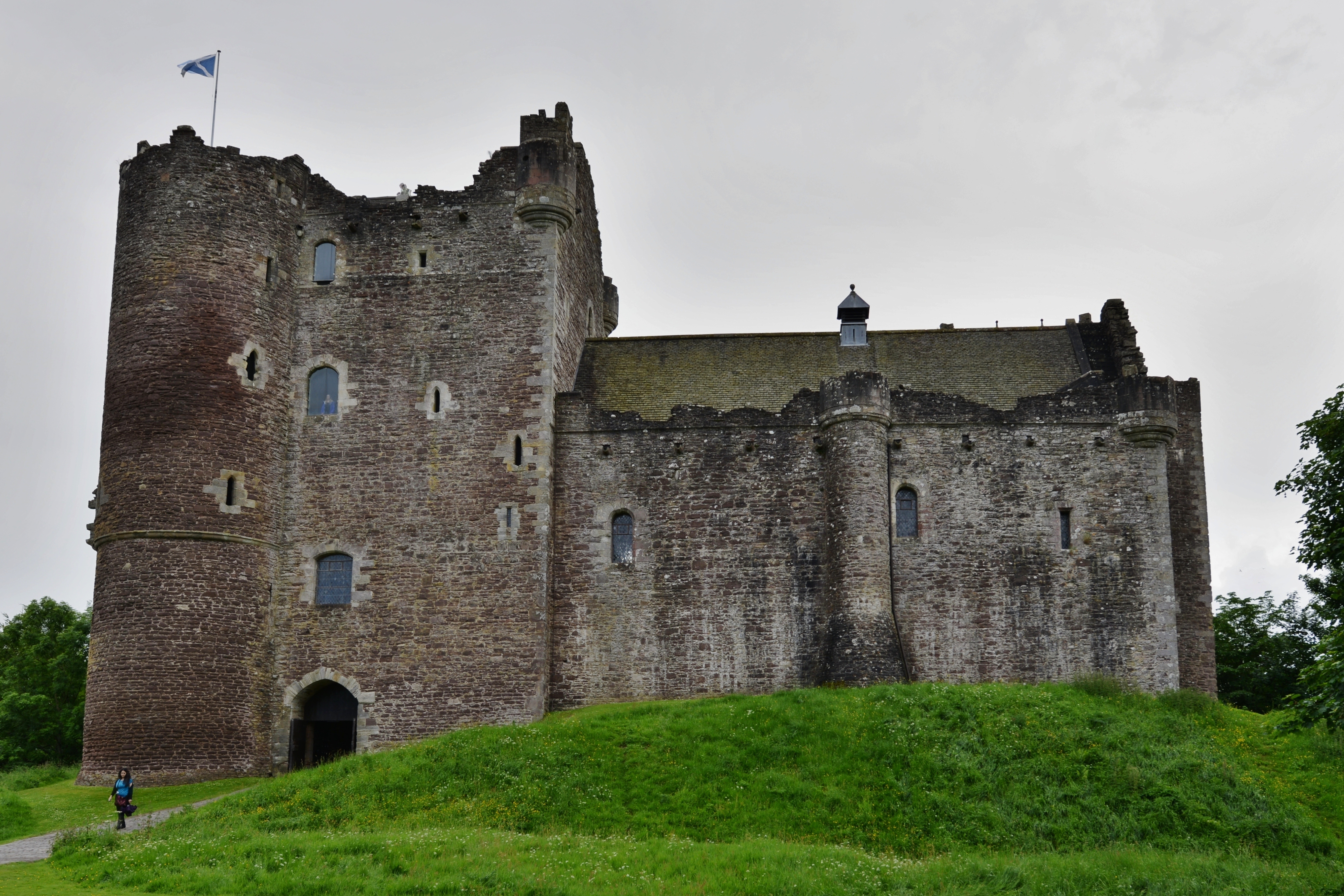
"Your mother was a hamster and your father smelt of elderberries!" This insult echoed around Doune Castle near Stirling, Scotland, which played multiple roles in the cult classicMonty Python and the Holy Grail (1975). It served as Castle Anthrax, Swamp Castle, Camelot (briefly), and the French-occupied castle. Fans visiting this well-preserved 14th-century courtyard castle can relive hilarious moments, often aided by an audio tour narrated by Python's own Terry Jones. Its robust architecture made it a versatile and unforgettable medieval setting for the film's absurdity
The Enduring Allure of Forgotten Film Sets
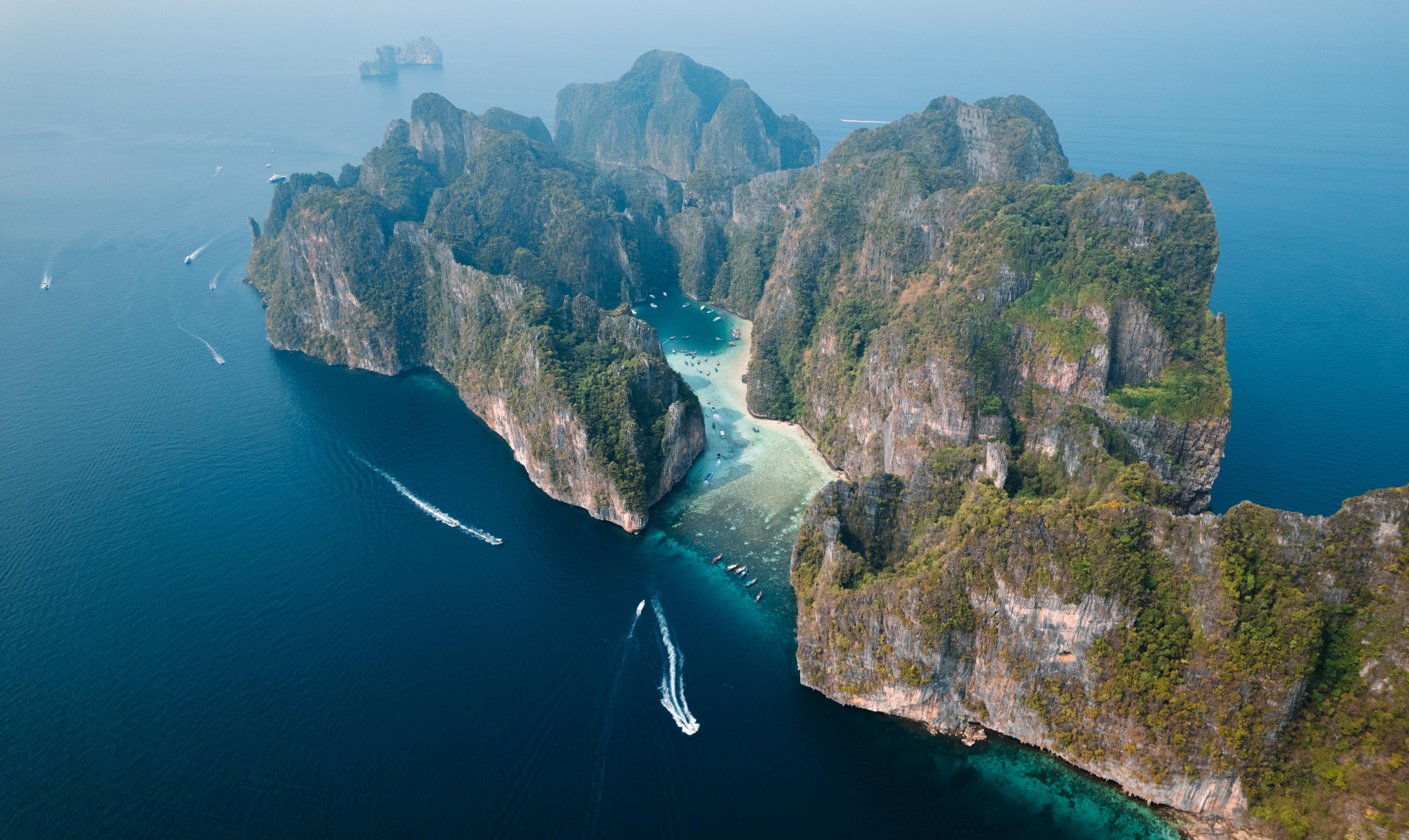
Our journey through these forgotten film sets reveals the enduring allure of cinematic history. These locations, once vibrant with the energy of film production, now stand as silent witnesses to the stories they helped tell. They offer a unique opportunity to step into the worlds of beloved films, experiencing the magic of cinema firsthand. From the deserts of Tunisia to the forests of the Czech Republic, these sets invite exploration and reflection, connecting us with the creativity and artistry of filmmakers past and present. They remind us of the power of storytelling and the lasting impact of cinema on our cultural landscape. As we wander through these forgotten realms, we are reminded that film sets are more than just backdrops; they are integral to the stories we cherish, preserving the magic of the movies long after the credits roll.

